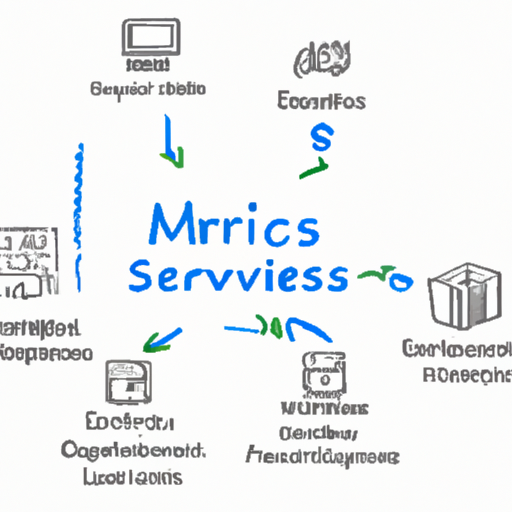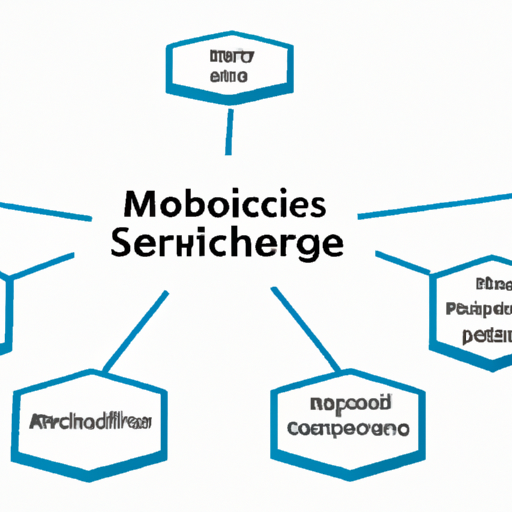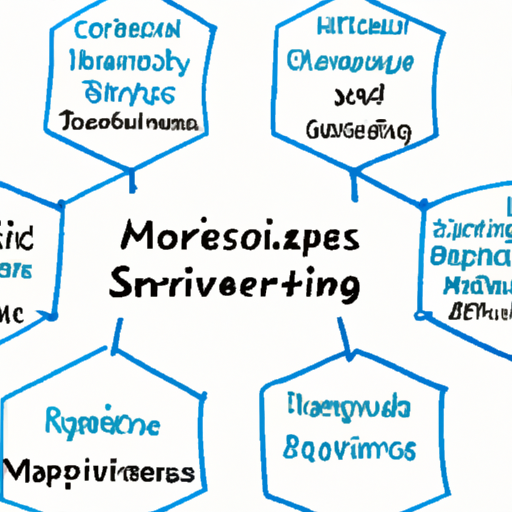In the fast-paced world of technology, businesses are continuously seeking efficient and agile ways to handle software development. Enter low-code development, a game-changing approach allowing users to create applications with minimal hand-coding. This paradigm shift is not only transforming software development but also enhancing business efficiency and accelerating digital transformation.
What is Low-Code Development?
Low-code development refers to software engineering using visual interfaces and configuration instead of extensive programming. This method empowers developers and non-developers alike to build applications quickly and intuitively.
Benefits of Low-Code Platforms
- Speed: Applications can be built in a fraction of the time it takes using traditional methods.
- Cost-Effective: Reduces the need for large development teams, saving on operational costs.
- Accessibility: Enables more team members to participate in app development, fostering collaboration.
- Flexibility: Easily integrate with existing systems and modify applications as business needs change.
The Impact on Businesses
Low-code development is not just a trend; it represents a fundamental shift in how organizations approach software solutions. Companies can respond faster to market changes, improve customer experiences, and maintain a competitive edge in their industries.
Challenges to Consider
Despite its advantages, low-code development isn’t without challenges. Security risks, governance issues, and potential for technical debt must be managed effectively to ensure long-term success.
Conclusion
The low-code movement is reshaping the landscape of software development, empowering organizations to innovate at unprecedented speeds. As more businesses adopt these platforms, we can expect a future where technology is not just for developers but for everyone.
For more insights on low-code development and how it can benefit your organization, stay tuned to our blog.









